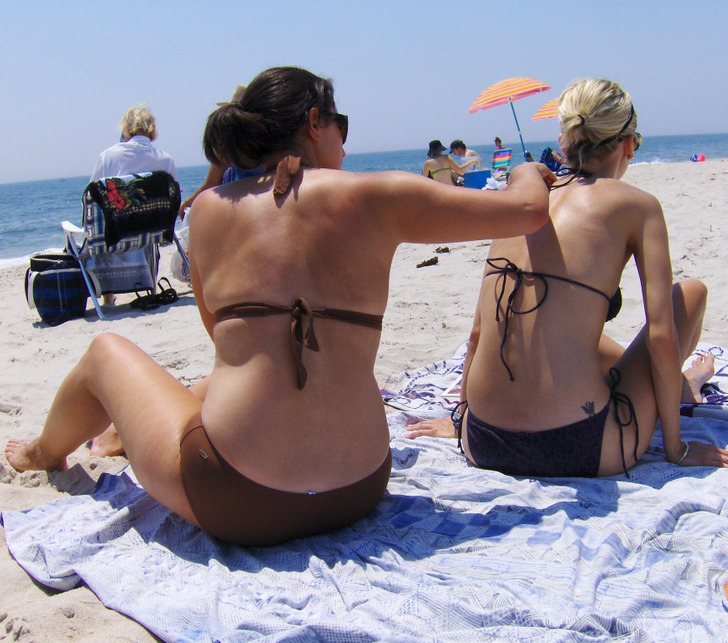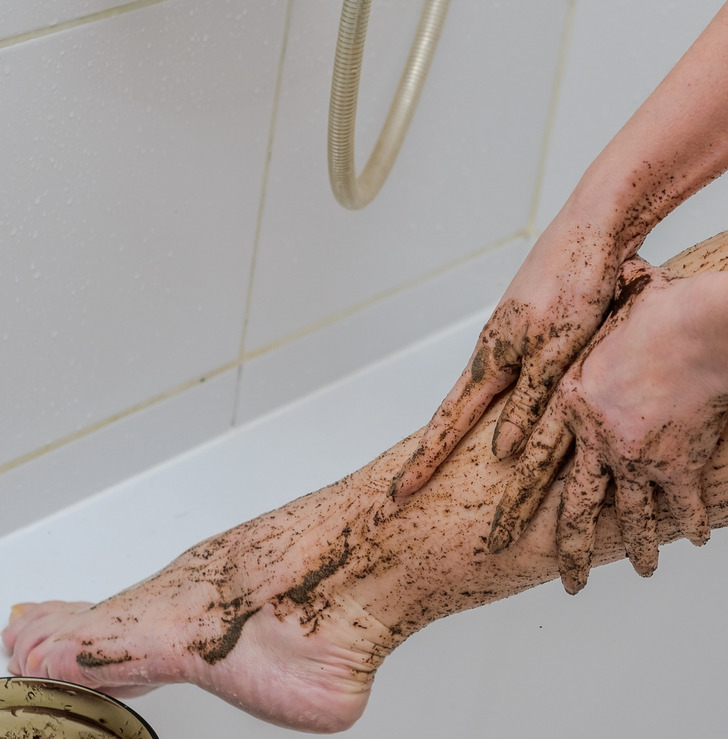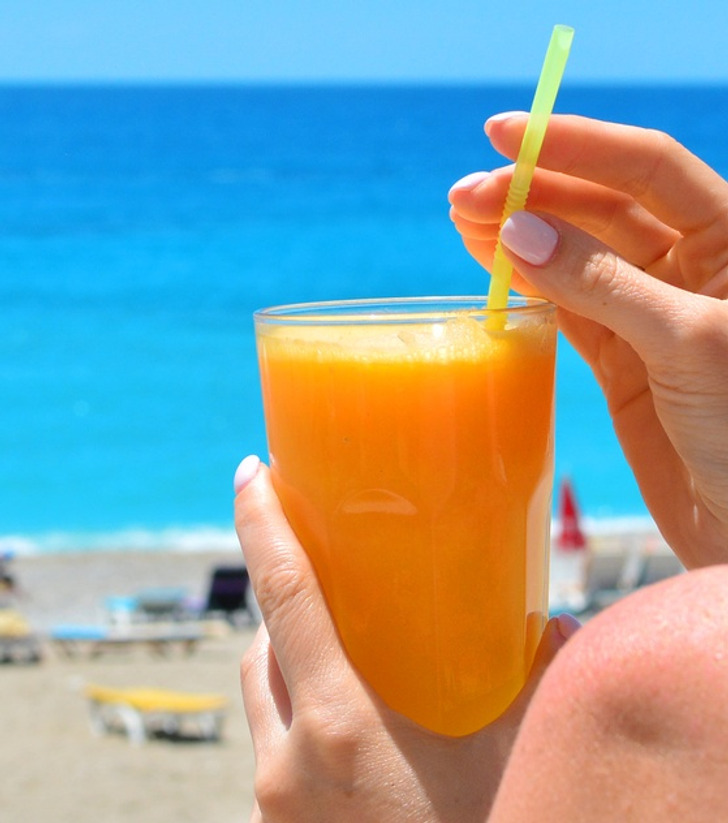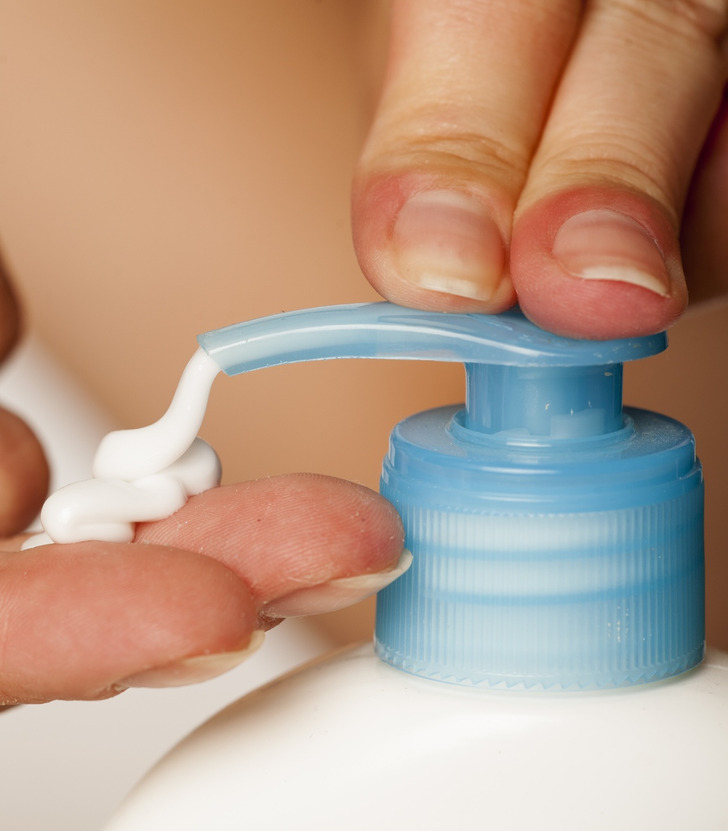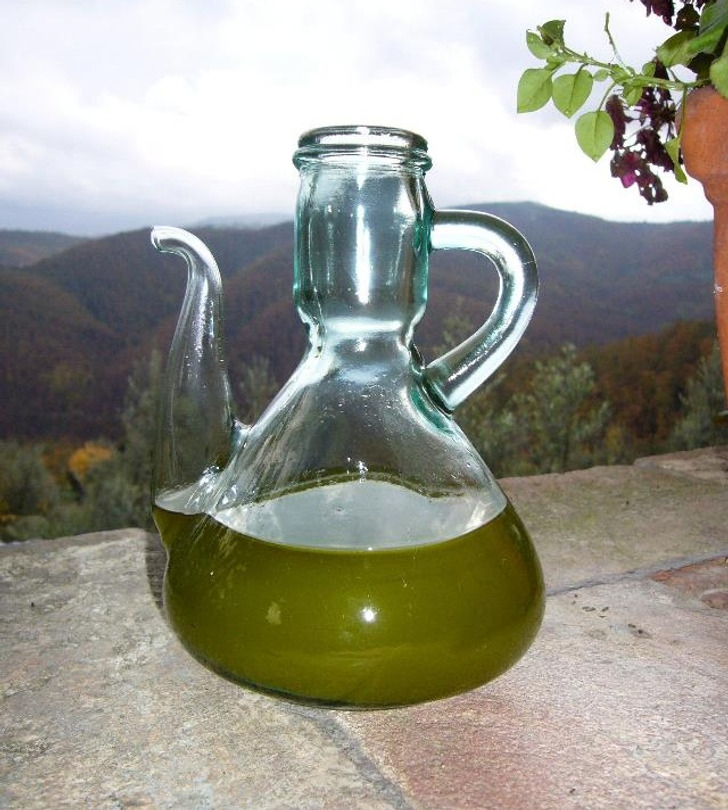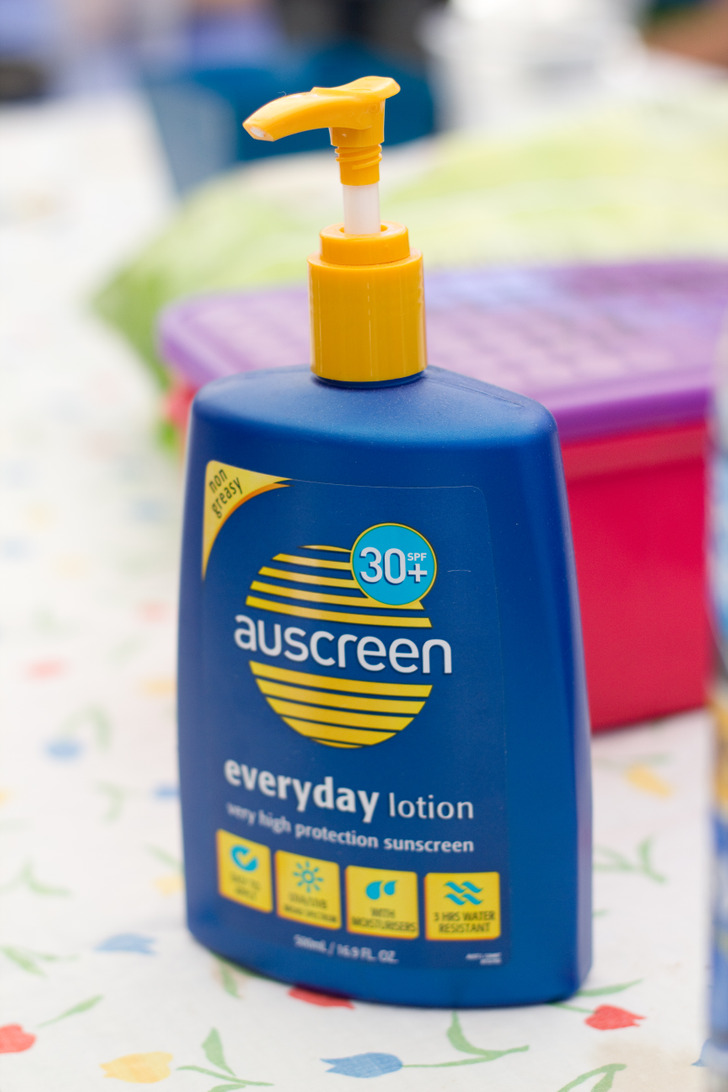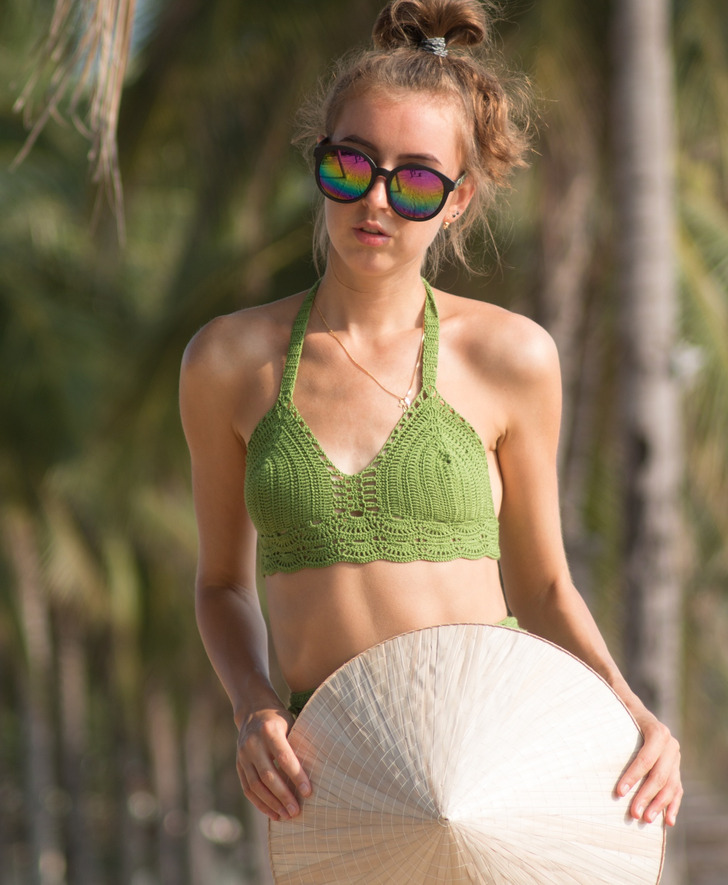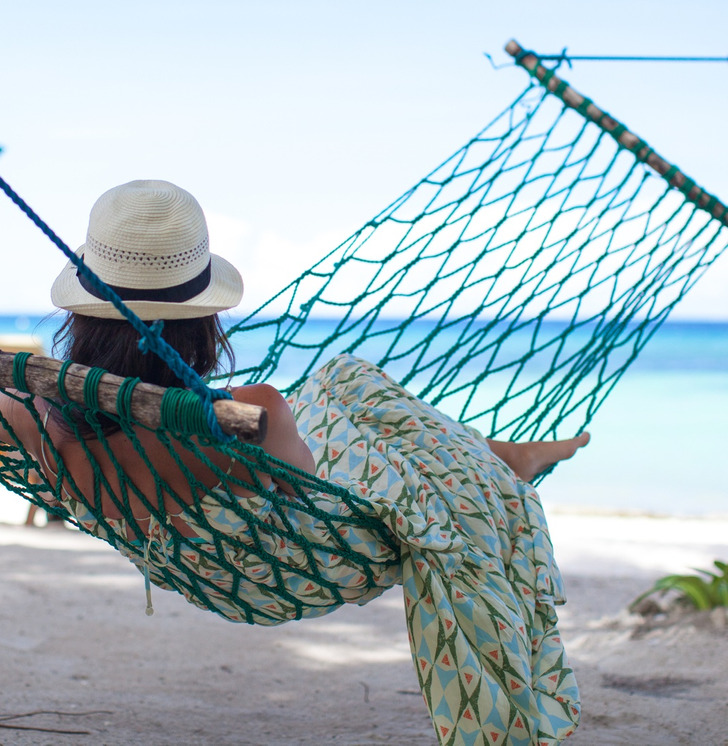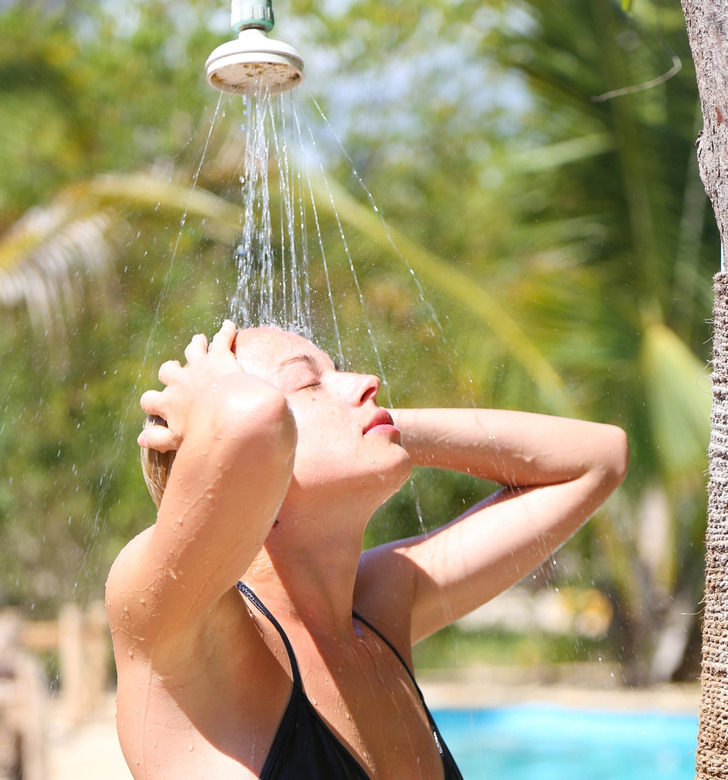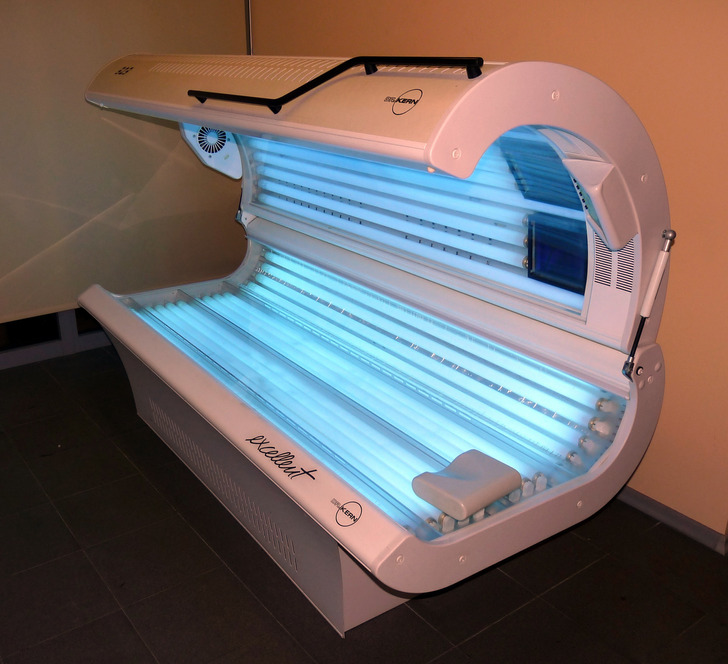11 Tips to Help You Tan Smoothly and Not Get Sunburned
When it’s warm and sunny, many people go to beaches or pools hoping to get a smooth tan. But they often make mistakes and get sunburned, which can cause serious health issues.
We at CHEERY decided to find out how to make your skin bronze and, at the same time, not hurt it. And in the bonus section, we found out why it’s better to tan outside and not in a tanning salon.
1. Tanning for more than 3 hours is pointless.
Melanin, the pigment that changes the color of our skin, is produced during exposure to sunlight for only 2-3 hours. Don’t spend hours frying yourself on the beach because the natural pigment production will have stopped. Further exposure only hurts your skin.
2. Scrubs can prepare your skin for sunbaths.
Our skin is constantly renewing itself, so if we don’t scrub it, the tan will fade quite quickly. It’s enough to exfoliate your skin a couple of times a week to help it get rid of dead cells and improve blood circulation.
Going right to the beach after using scrub creams is a bad idea because the skin gets more sensitive to ultraviolet rays. You don’t have to buy a scrub cream because you can use things you have at home (for example, coffee grounds).
3. Eat more carrots and apricots for a smoother and faster tan.
Foods rich in beta-carotene and lycopene can protect your skin from harmful UV light. If you eat carrots, apricots, tomatoes, watermelons, and spinach, your tan will be smoother, and the risk of getting sunburned will be lower.
However, there’s no solid scientific proof of the idea that these vegetables, berries, and fruits can reduce your skin sensitivity to UV light significantly. So, don’t fully rely on them, and don’t forget about sunscreen.
4. It’s better not to drink orange juice.
Scientists found that all citrus fruits contain a certain element that makes the skin more sensitive to light. So eating citrus before sunbathing may hurt your skin.
It doesn’t mean you should stop eating grapefruits or drinking orange juice. They contain a lot of healthy minerals and vitamins, and you can’t fully exclude them from your diet. It’s just that you should use sunscreens with better protection and spend less time in the sun.
5. Moisturize your skin before applying sunscreen.
In order to make the skin not only tanned but also healthy, you need to moisturize it all the time. Sunlight dries the skin and deprives it of its natural protection. This is why it’s better to apply creams and lotions not only after going to the beach but also some time before the sunscreen. Just make sure you don’t mix moisturizers with sunscreens unless they are in the same product line and it’s allowed to use them together.
6. No oils should be used together with SPF.
Many people apply oils to their skin to tan faster. They do attract sunlight but also increase the risk of tumors and sunburns. No natural oil, not even olive oil, can protect you from the sun.
Don’t mix oils with sunscreens because oils form a film and prevent the sunscreen from getting absorbed by the skin. Different oils should be used after sunbaths, not before. They reduce redness, and dryness, help moisturize the skin, and prevent flaking. Aloe vera has a similar effect.
7. Apply sunscreen 20 minutes before you leave home.
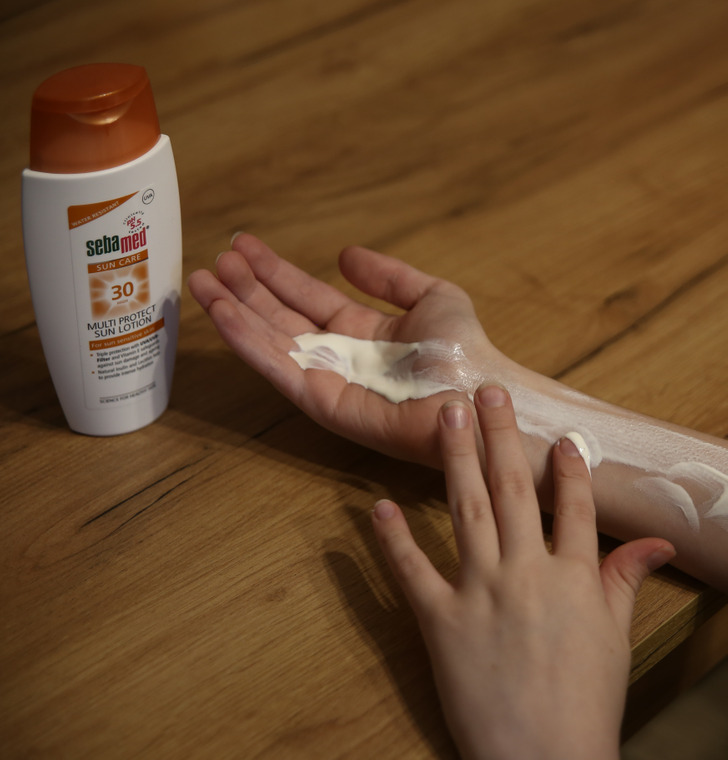
Applying sunscreen when you’re already on the beach is useless. It takes 20-30 minutes for the product to get absorbed. Besides, sunscreen should be applied on all the areas exposed to the sun, especially the face, ears, lips, neck, back, feet, and hands.
You need at least 45 ml of cream to protect your body. The procedure should be repeated every 2 hours if you are on the beach, and every hour if you are in the water.
8. Creams with higher SPF don’t protect your skin for a longer time.
In order to be safe from the sun, use SPF30 or higher. Such products don’t prevent the body from producing enough vitamin D and also protect you from sunburns. The higher the SPF level, the more UV light is blocked.
But all sunscreens are the same, meaning that all of them are washed off with water, and all of them lose their properties over time. The same is true for water-resistant products. This is why all creams should be applied again every 2 hours if you are outside.
9. Pay attention to the fabric of your swimsuit.
The color of the swimsuit has no effect on your tan, but the fabric does. Synthetics block UV light better than natural fibers. Pay attention to the density of the fabric. Less dense materials don’t give enough protection, which can ruin your tan and even lead to sunburns. So, it’s better not to wear knitted swimsuits on the beach for the entire day.
10. Move more and stay in the shade from time to time.
When it starts getting warmer, we want our skin to become bronze as soon as possible. But there’s no way to tan quickly and safely. It’s better to start with 10-15 minutes a day, increasing the time gradually. To make sure the tan is smooth, change positions often and walk around the beach.
Instead of spending several hours in the sun, take breaks in the shade. Even umbrellas don’t give full protection, and some surfaces such as grass, sand, asphalt, and water reflect the rays and even increase their effect.
11. Take a shower after sunbathing.
Water can soothe and cool down tanned skin. So, go right into the shower after your sunbaths. Make sure the water is not too cold or too hot since it will only harm you. It’s a shock for the skin, warmed by the sun. Remove the excess water with a towel. Don’t rub the body too much because it will irritate the skin.
Bonus: Don’t replace the beach with tanning salons.
Going to tanning salons often does more harm than good. Studies show that even one time in a salon increases the risk of oncological diseases. Besides, you can get burned in a salon the same as on the beach. It’s especially dangerous for men.
Do you love tanning, or do you prefer hiding from the sun?
